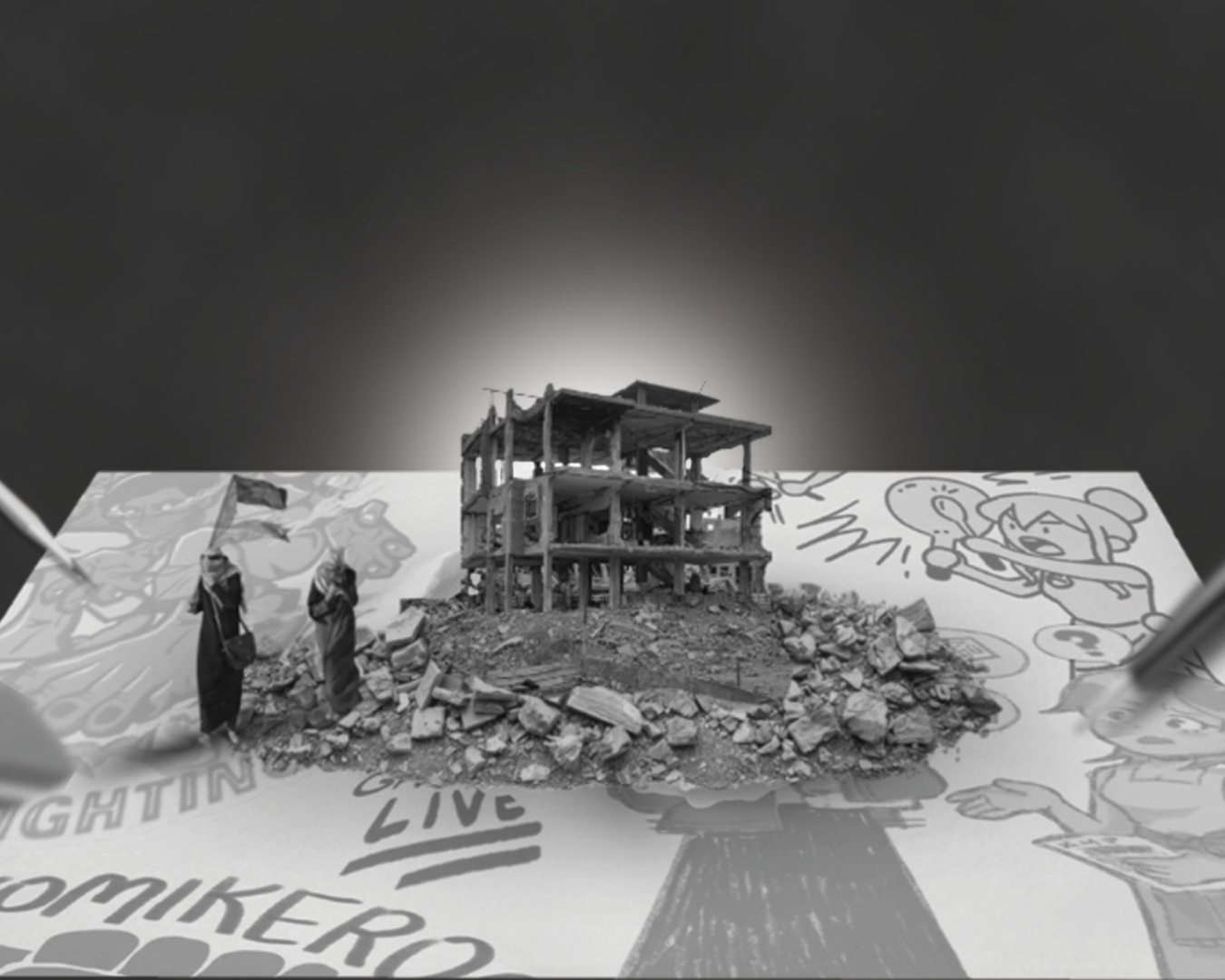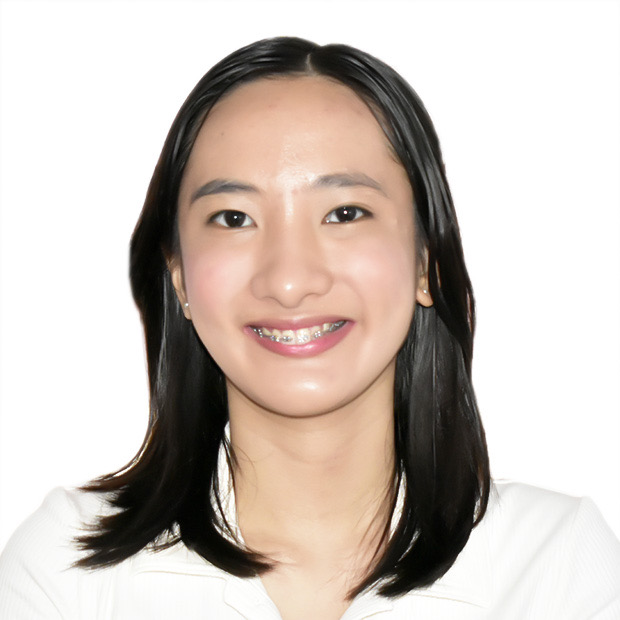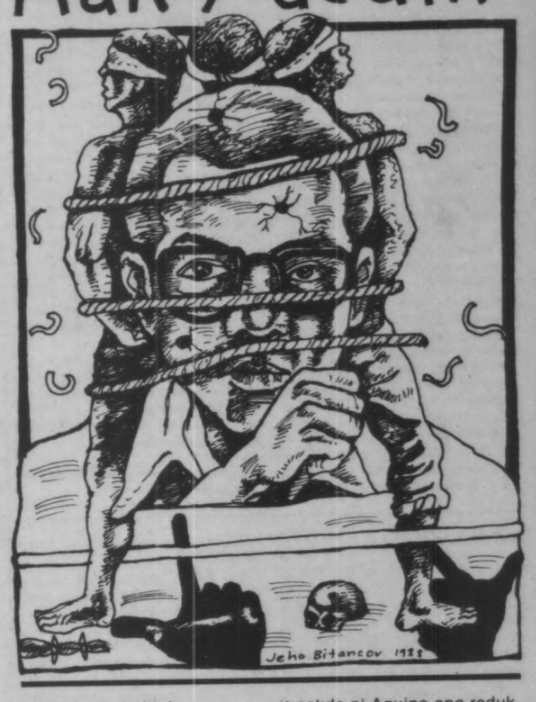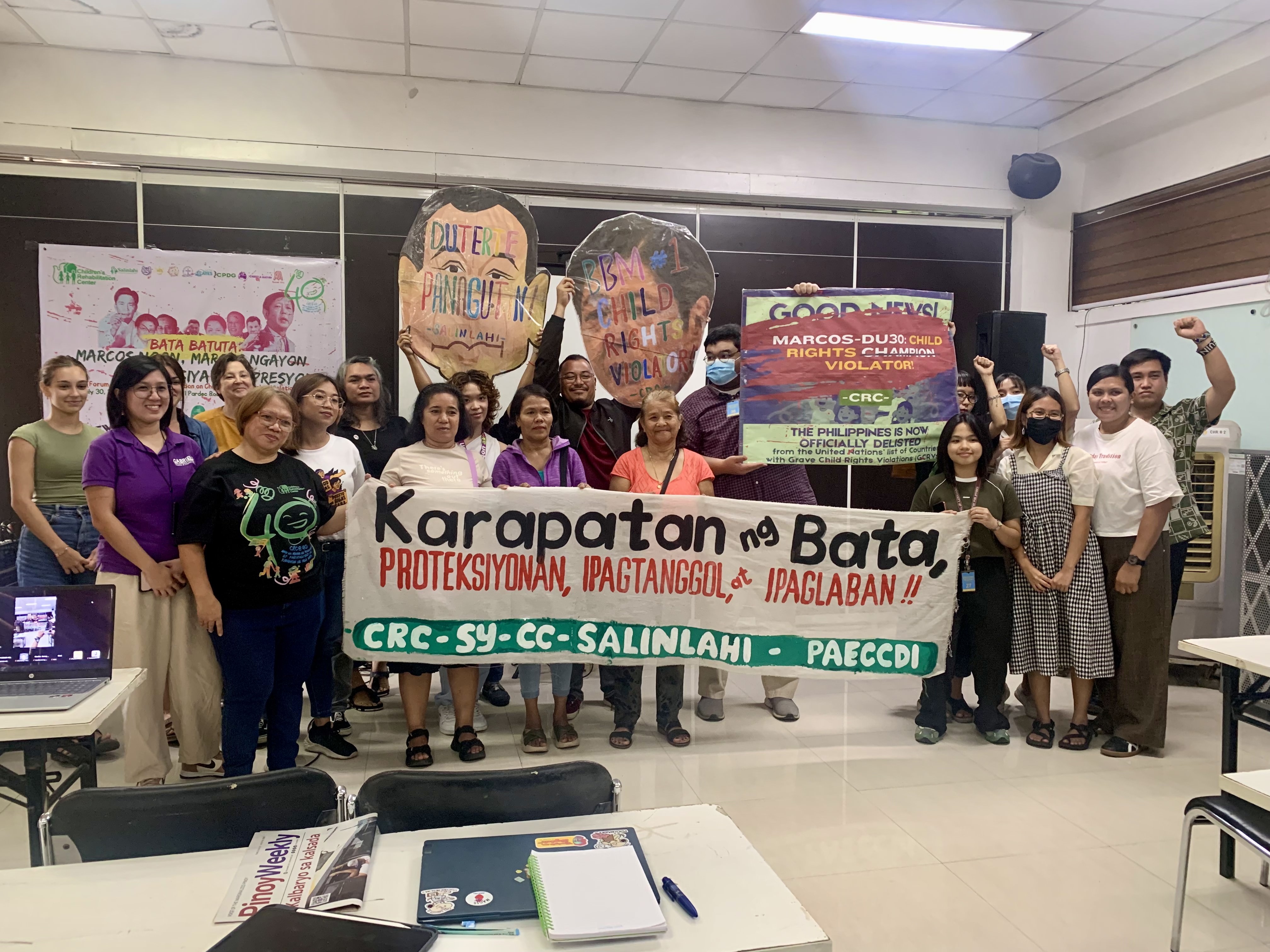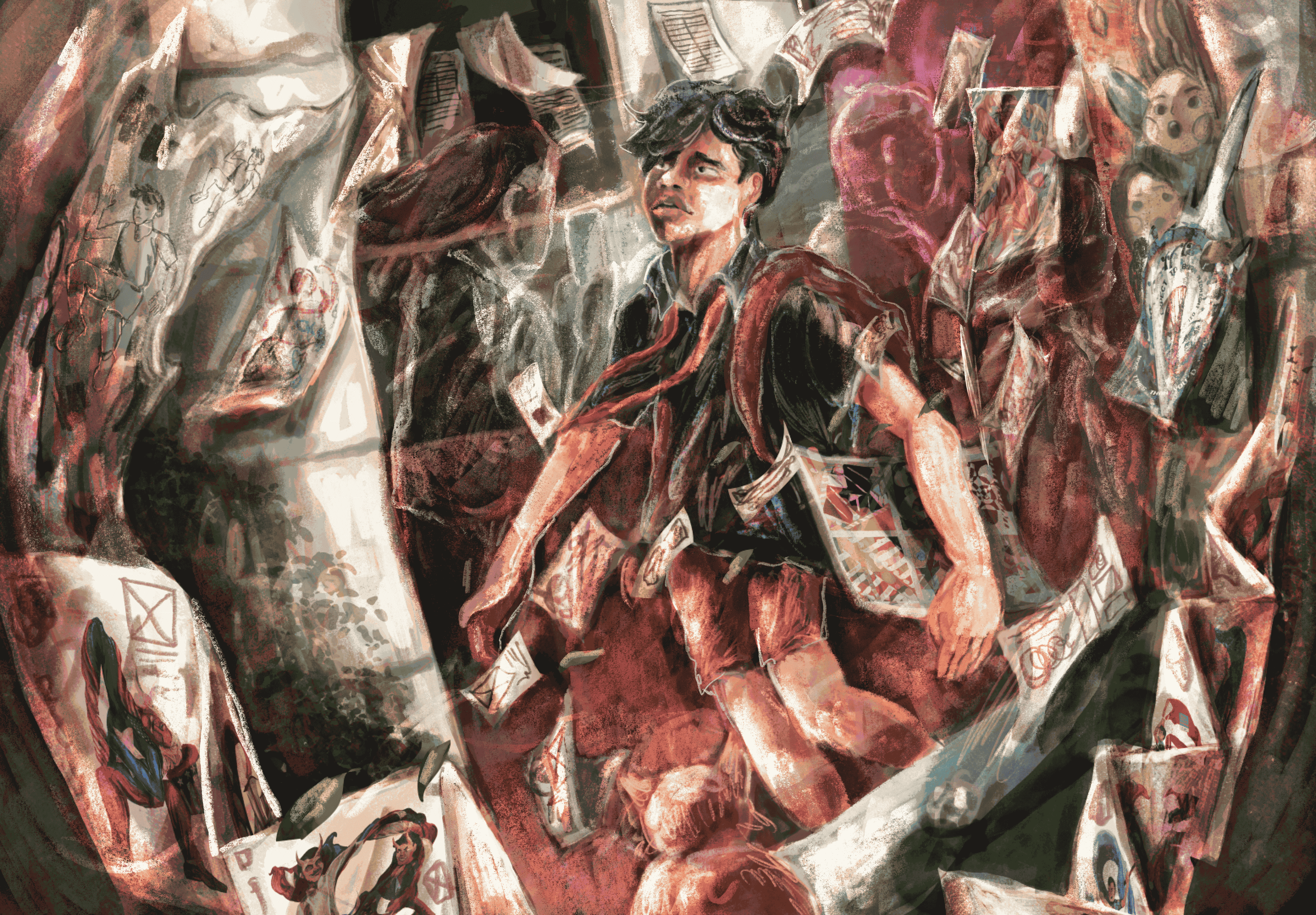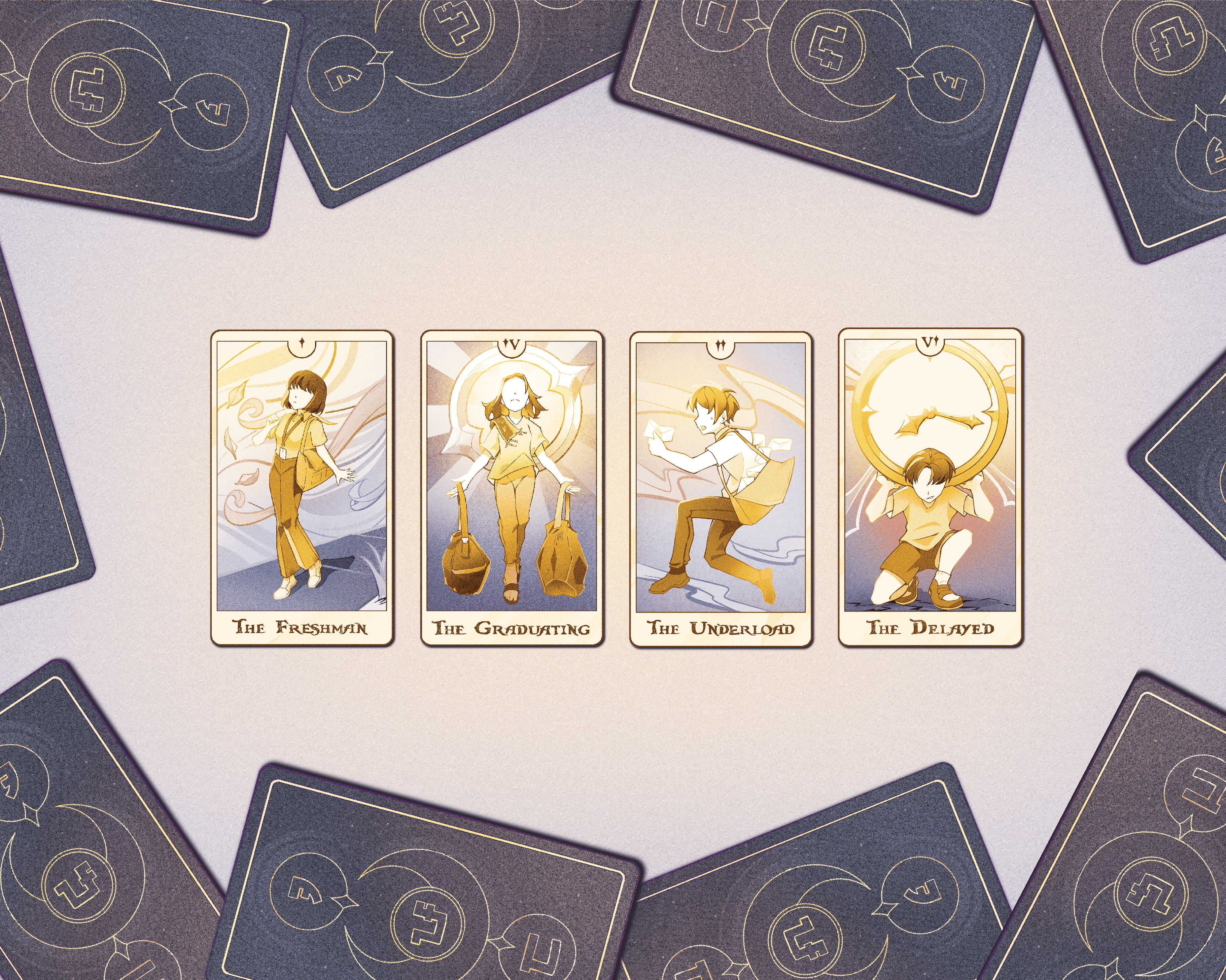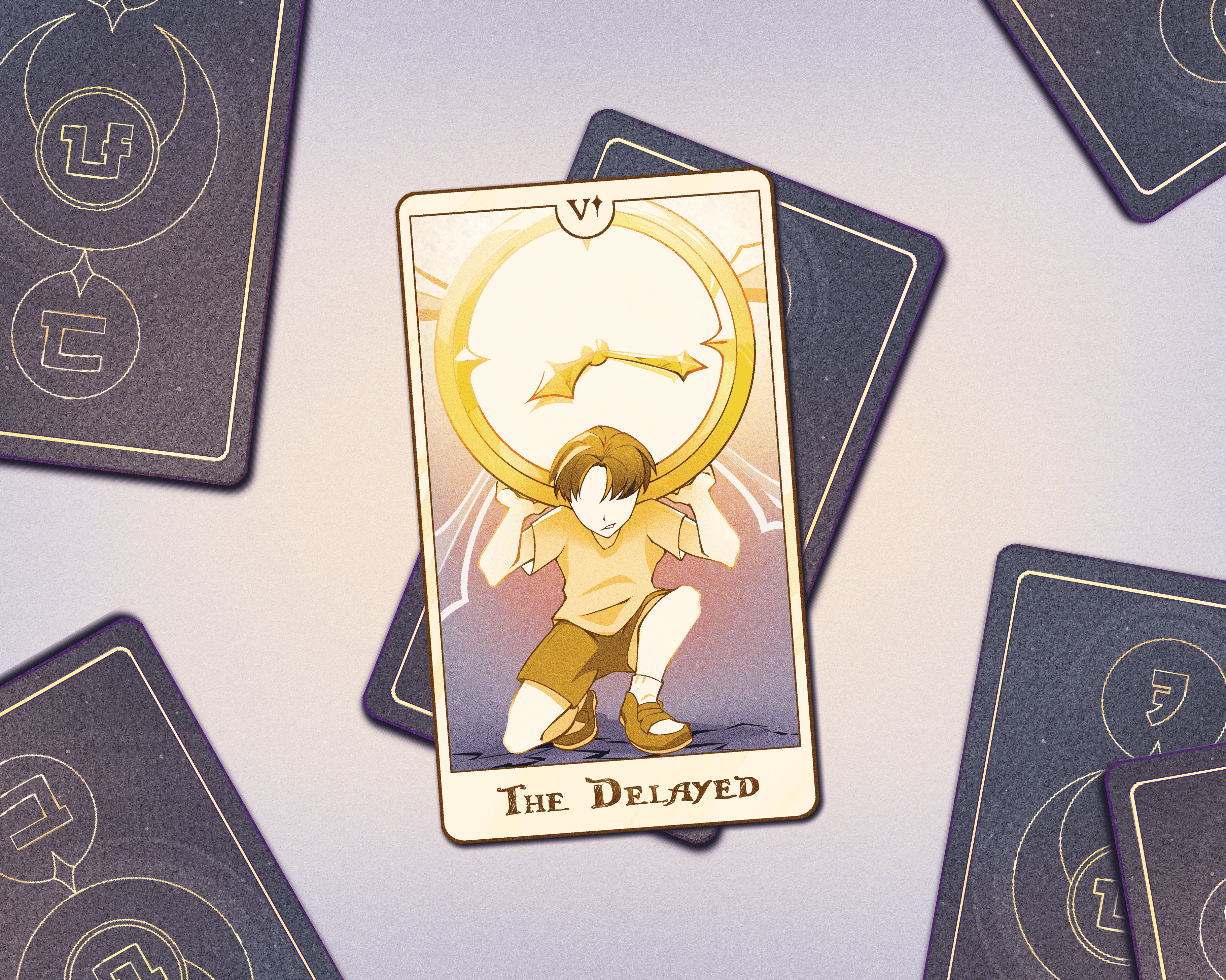Art has been a longstanding expression of resistance of the Palestinian people. From literature to films, the artists make a conscious effort to keep their people’s narratives aflame. Filipino artists hear them on the other side of the world, and they use their blank canvases and brushes to keep the fire burning amid the ongoing genocide and cultural erasure troubling Gaza.
More than a vessel of expression, art also empowers people and encourages them to take a stand. Artists have called for the boycott of the genocide-complicit Frankfurt Book Fair. The Philippines, however, is still bound for Germany as its guest-of-honor on Oct. 15–19. Meanwhile, attacks on Palestinian artists persist as Awdah Hathaleen, a consultant for the 2024 Palestinian documentary “No Other Land,” was killed by Israeli forces on July 29.
With their ink and paper, the Filipino komiks community is also working to let more people know about the fair. This goes to show that despite Israel’s persistence to erase Palestine from memory, efforts from around the world, such as the Filipino komiks community, use their love for the art form to jumpstart conversations on what’s happening in Palestine.
This goes to show that despite Israel’s persistence to erase Palestine from memory, efforts from around the world, such as the Filipino komiks community, use their love for the art form to jumpstart conversations on what’s happening in Palestine.
The First Sketches
The Komikeros for Palestine, or K4P, is a volunteer-based organization and community of Filipino komiks writers, illustrators, and readers in solidarity with Palestine. K4P was built at the height of the Frankfurt Book Fair fiasco this year, and it urgently called on the Filipino komiks community—even including collectors, sellers, and fairgoers— to sign the petition to boycott the fair.
Art in general makes issues more accessible to people, Maria Maranan, co-founder of K4P, told the Collegian. “Na-encourage sila to learn more or to speak about it. If it's in a creative form, it helps reach out to other people more.”
Komiks heavily figured in newspapers, and it allowed elements like humor to be incorporated in problematizing realities that Filipinos experienced during the colonial period. Likewise, the Filipino komiks is a mirror of our complex and changing society, according to literature scholar Soledad Reyes in “The Philippine ‘Komiks’: Text as Containment.”
Some komiks during the Japanese occupation also showed subtle defiance from the Japanese forces through creative use of humor despite the Japanese hold of the media during the occupation, as shown in “The Stories They Tell: Komiks during the Japanese Occupation, 1942-1944.”
But Filipino komikeros today transcend beyond illustrating for the Philippine society alone. Short pieces created by Filipino komikeros such as Josie Nicolas were featured in Sama-samang Artista Para sa Kilusang Agraryo’s zine-for-a-cause titled “Artists For Just Peace #FreePalestine Zine” in 2023.
And as the Philippines started to become involved in the Frankfurt Book Fair this year, conversations with writers and artists had to be sped up. Albeit being a relatively new organization, K4P has been persistent in conversing with other komikeros about the fair. “Naging persistent lang kami with putting out materials, starting the conversation, and making noise. Sometimes we've been able to talk to some authors. But most of the time kasi, especially when we were starting out, nobody really wanted to talk about it openly,” Maranan expressed.
Rendering Resistance
An artist has to be creative in using their comic panels for it to compel the readers, especially when discussing themes of violence and trauma, according to Justine Bauvir in their dissertation “Comic and Chaos.” The placement of each panel allows room for the reader to take in the overall picture and personally interpret the comics. Here, Bauvir referenced journalist Joe Sacco’s graphic novel “Palestine” released in 1991, which details his personal experiences while in the West Bank and Gaza Strip, exposing their unfiltered reality through comics.
The combination of words and drawings, as well as the artist’s personal style, contribute to better emphasize the gravity of the situation. For one, Bauvir mentions that Sacco’s exaggeration of the Palestinians’ mouth in the comics reflects their forced silence and "impossibility to tell their stories” in real life.
As with the Filipino komiks, wit and creativity are necessary elements to reach the readers and make them empathize with the Palestinian people. The brutality of Israel’s war crimes should be unfiltered, but at the same time, the works must capture the interest and arouse the emotions of the audiences.
Outside the Panels
Beyond the art of creating and publishing komiks, the Filipino komikero community use their network to vocally express their support for Palestine.
For instance, Palestine was this year’s Philippine International Comics Festival country of highlight, where the festival featured Palestinian comics in exhibits and raised funds for Palestinian aid. They also curated an exhibit for “Enter the Mulberry Tree and Fly Free,” which features artworks of 12 Palestinian comic artists.
K4P volunteers and artists also took part in the “Bang Pots for Gaza” global action by drawing characters banging pots and pans to call for action amid the famine in Gaza. The organization has also held face-to-face discussions and exhibits in universities where they distributed free zines and stickers, and proceeded to converse about Palestine.


K4P volunteer artists join the “Bang Pots for Gaza” campaign through their artworks. (Komikeros For Palestine/Facebook)
Some well-acclaimed komikeros are still included in the initial roster of Frankfurt Book Fair this year, such as Budjette Tan’s “Trese,”, Manix Abrera’s “Kikomachine”, and Mervin Malonzo’s “Tabi Po” as well as Renren Galeno, J. Philip Ignacio, and Paolo Herras. There is still a need for more komikeros to speak directly about the book fair’s atrocities, especially now that it is only two months away.
And although Filipino komiks have evolved through time and have expanded beyond tabloids and spreadsheets, the artists and the readers of the art form, as brought together by K4P, proves its timelessness in exposing issues relevant beyond the geographical borders of the country. ●
First published in the Aug. 13, 2025, print edition of the Collegian.
